Adamite
Adamite is a striking green zinc arsenate mineral popular amongst mineral collectors.
Showing all 6 results
-
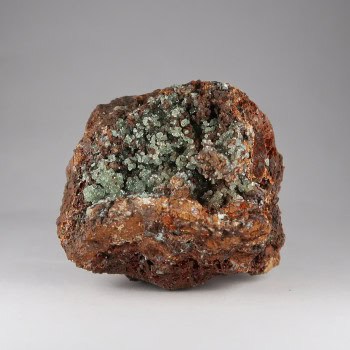
Adamite from Hilarion Mine, Greece
Price range: £2.00 through £35.00 -
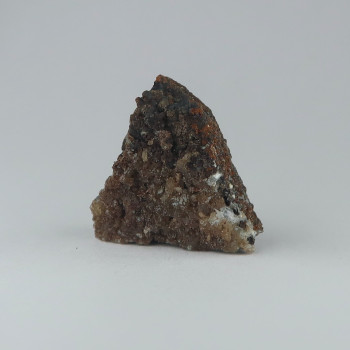
Adamite from Ojuela Mine, Mexico
£10.00 -
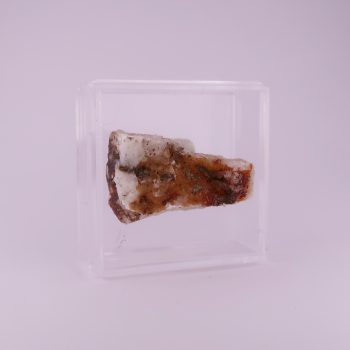
Adamite from Old Sandbed Mine, Cumbria
£5.00 -
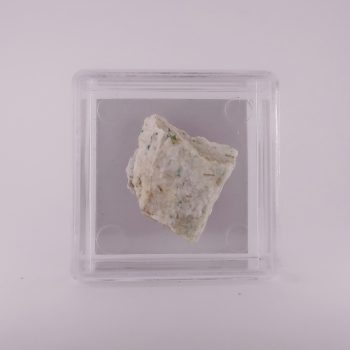
Adamite from Tistoulet mine, France
Price range: £2.50 through £10.00 -
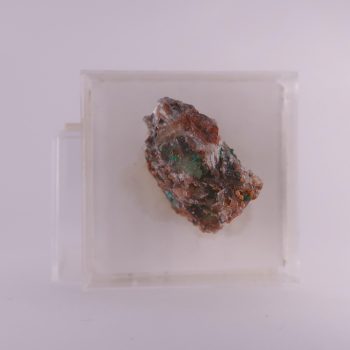
Rosasite and Adamite from Vouves, Greece
£20.00 -
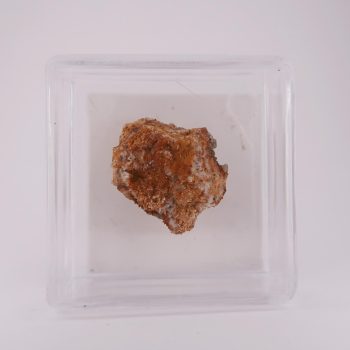
Smithsonite, Adamite, and Calcite from Hilarion Mine, Greece
£3.50
Information about Adamite
Adamite is a strikingly vibrant mineral that typically occurs in shades of yellow, green, and even violet due to trace element impurities.Green is by far the most common colour.
It often forms as well-defined, prismatic, or tabular crystals and is commonly found in botryoidal or radiating crystal habits.
The mineral has a vitreous to greasy luster and is often associated with oxidized zinc ore deposits.
Uses and History
Adamite has no significant industrial applications but is highly valued among collectors due to its bright colors, unique crystal formations, and strong fluorescence.
Some high-quality specimens are occasionally cut into collectors gemstones, though its relative softness makes it unsuitable for everyday jewellery usage.
Adamite was first discovered in 1866 and named after the French mineralogist Gilbert-Joseph Adam, who contributed to early mineralogical research.
It was initially identified in Chile – its type locality is Chañarcillo, Copiapó Province, Atacama Region, Chile.
Mineralogy
Yellow, red, pale to dark green, colourless.
Hazards and Warnings
Toxic mineral: contains zinc and arsenic.
Mineral collectors should wash their hands after handling specimens, to avoid any exposure to potential toxins.
Almost all rocks, minerals (and, frankly, almost all other substances on earth) can produce toxic dust when cutting, which can cause serious respiratory conditions including silicosis.
When cutting or polishing rocks, minerals, shells, etc, all work should be done wet to minimise the dust, and a suitable respirator or extraction system should be used.
Translations
Arabic:
Hindi:
Portuguese:
Bengali:
Indonesian:
Punjabi:
English:
Italian:
Russian:
- Адамин
French:
- Adamine
Japanese:
- アダマイト
Spanish:
- Adamita
German:
- Adamin
Korean:
Thai:
Gujurati:
Mandarin Chinese:
- 水砷鋅礦
Urdu:
